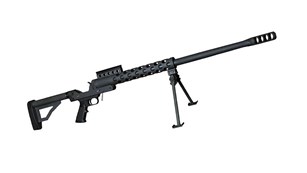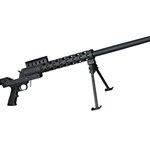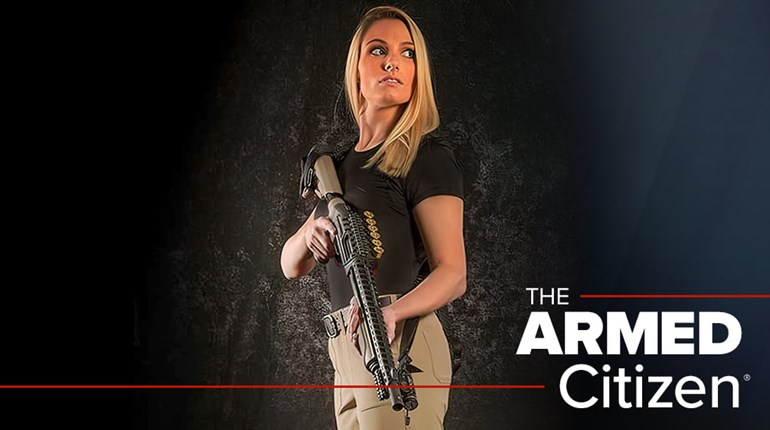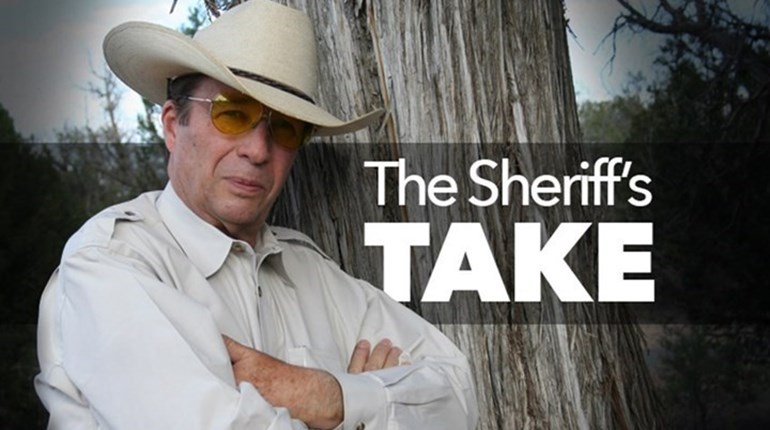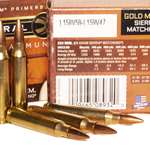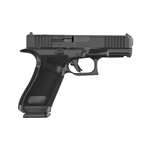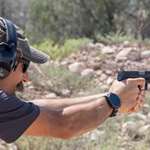
The tendency in a gunfight—especially if a person doesn’t have good training—is to try to shoot as fast as the attacker is. The problem is that misses don’t accomplish anything and peripheral hits often don’t either. Once a fight has commenced, the only thing that can be counted on to stop it is direct hits to the vital zone. To accomplish this, the shooter has to be looking at his sights, especially the front sight.
Some will argue that a person will naturally focus on the threat. I don’t argue with that. However, with proper training and then practice of that training, a person can learn to take the millisecond needed to focus on the front sight as the shot breaks. We know this can be done because it has been done—in actual gunfights.
The sequence of moves begins with the shooter focusing on the target, on the actual spot on the target where the shot is expected to be delivered. The gun is brought up into the line of vision. Don’t duck your head down to the gun, bring the gun up to your head. Since you’ve been practicing, the gun comes up fairly level and it takes only a fraction of a second to focus on the front sight and make sure the shot is going to go where it needs to. The more one practices, the quicker and easier the whole process becomes. The shot is delivered and the shooter immediately follows through and comes back on target to deliver more shots should that be necessary.
Recently, I participated in two force-on-force classes, with a total of about 20 students. The scenarios were set up so that the action would be at close range, not more than about 10 yards. The students were using Simunitions. In the debriefings that always follow these scenarios, we found that the students who got the best hits were the ones who actually saw their front sights when firing. In addition, they were able to get those shots off in plenty of time to keep from getting hit, themselves.
One cannot simply say, “I am going to look at my sights in a gunfight.” It is something that must be practiced and practiced on a regular basis. It must be practiced until it becomes a habit. The shooter will quickly see that fight-stopping hits to the vital zone are also becoming a habit—a life-saving habit.
You want to survive a gunfight? Practice until you see those sights, especially the front sight, each and every time you break a shot.


